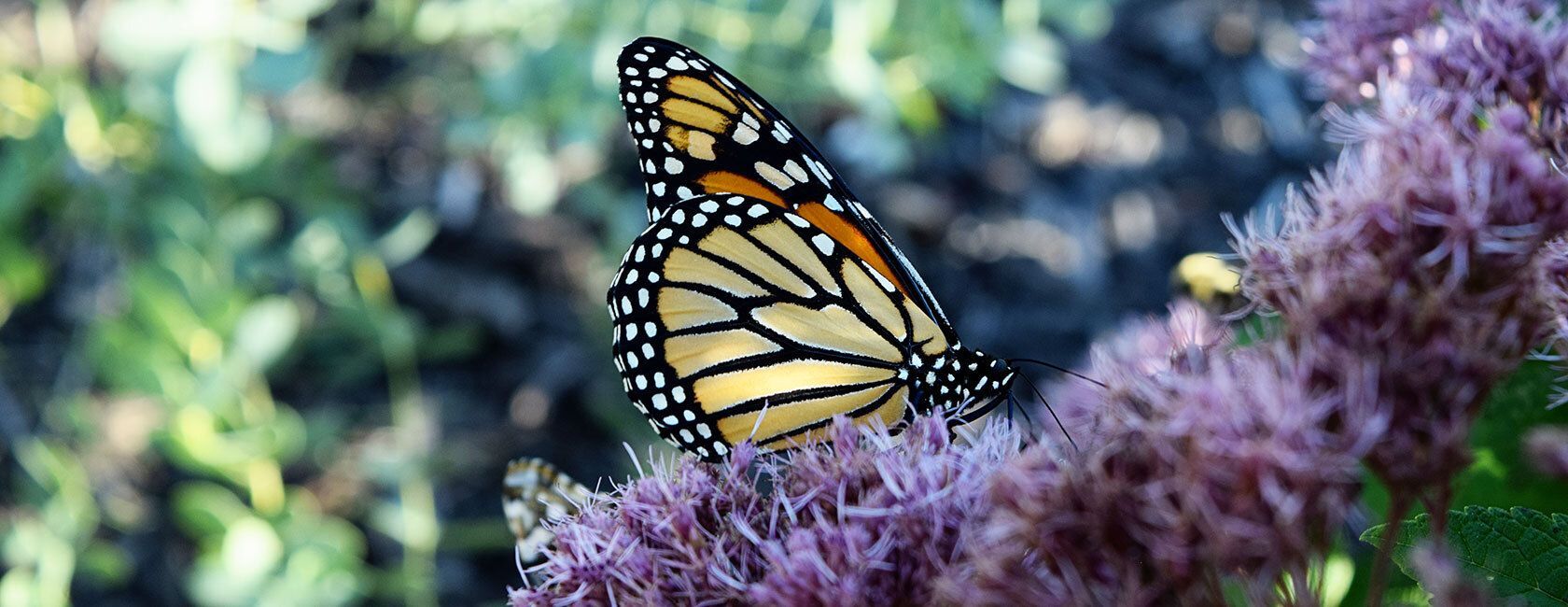
In the season of Halloween, it’s worth noting that many of Nebraska’s cemeteries are filled with large, old trees. Their presence offers shade to visitors, shelter from the prairie winds, and a sense of generational memory rooted in the land. Among these living trees, you may also encounter a few surprises: limestone “tree stones,” carved in the form of cut trunks and inscribed with the names of the departed.
Tree stones were popular grave markers between 1880 and 1920. Most were carved by hand from Indiana limestone, making each monument slightly unique. During their height of popularity, tree stones were offered by Omaha’s own Woodmen of the World (now WoodmenLife) to members’ families as part of their life insurance benefits. This broad reach, combined with cultural influences that sought to beautify our places of rest, such as the Rural Cemetery Movement, helped spread tree stone placement across the country.
During our recent Southeastern Nebraska Arboretum tree tour of Wyuka Cemetery in Nebraska City, many participants were fascinated to also find these sculpted trees in the landscape. Indeed, when mixed in with decades old living trees, tree stones can appear almost lifelike—complete with bark, branch collars, knots, vines, small animals, mushrooms, and a natural flush of green and orange lichen clinging to their surfaces. Yet despite its living appearance, a memorial tree stone is a creative contradiction: its shortened trunk and broken branches are meant to symbolize a life cut short.
On Halloween, or any day that you might find yourself wandering through one of Nebraska’s cemeteries, keep an eye out for the sight of a tree stone standing quietly nearby. These unique sculptures embody the memory of our Nebraska neighbors and are another creative connection to trees.
Happy Halloween!


